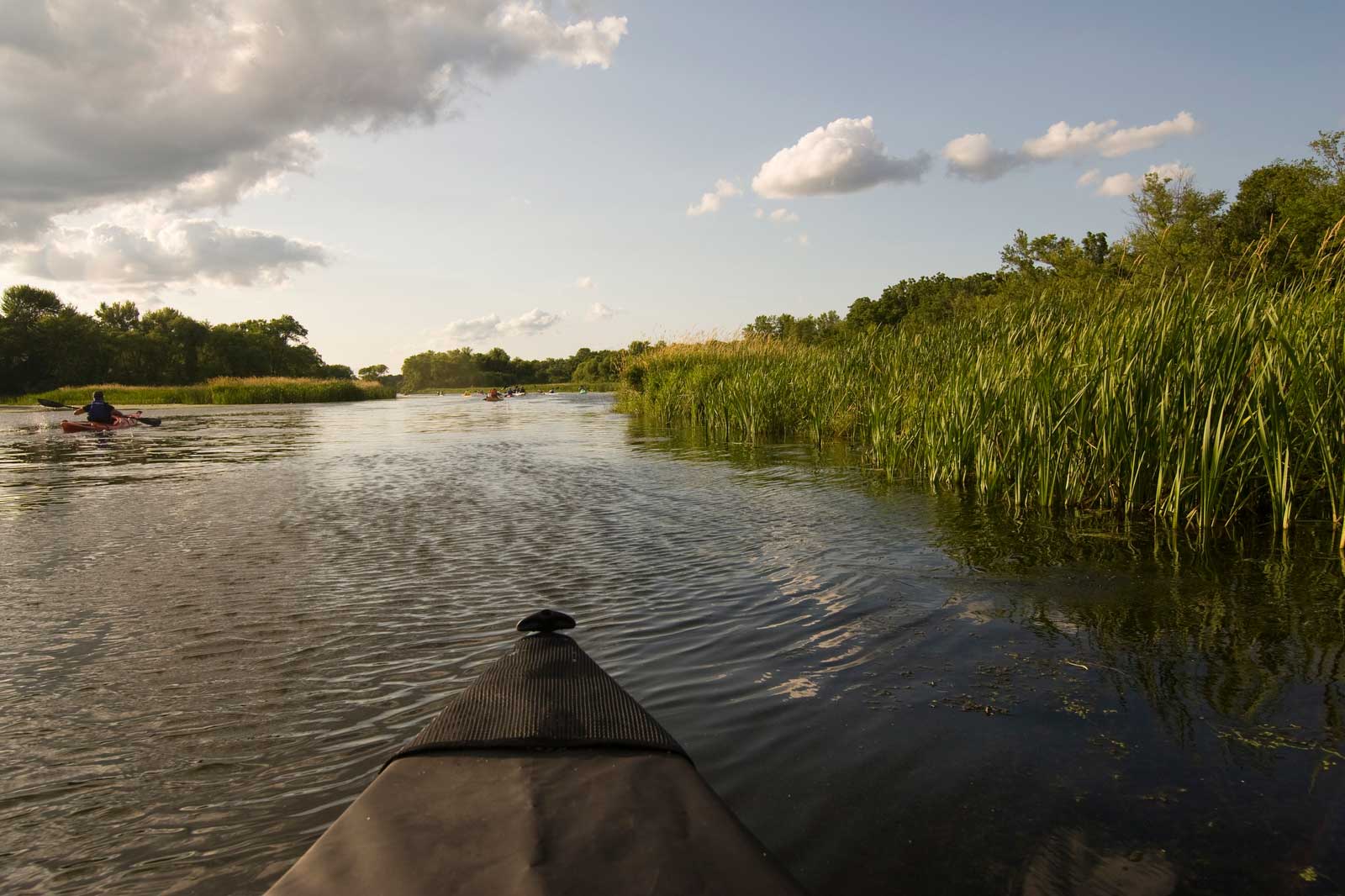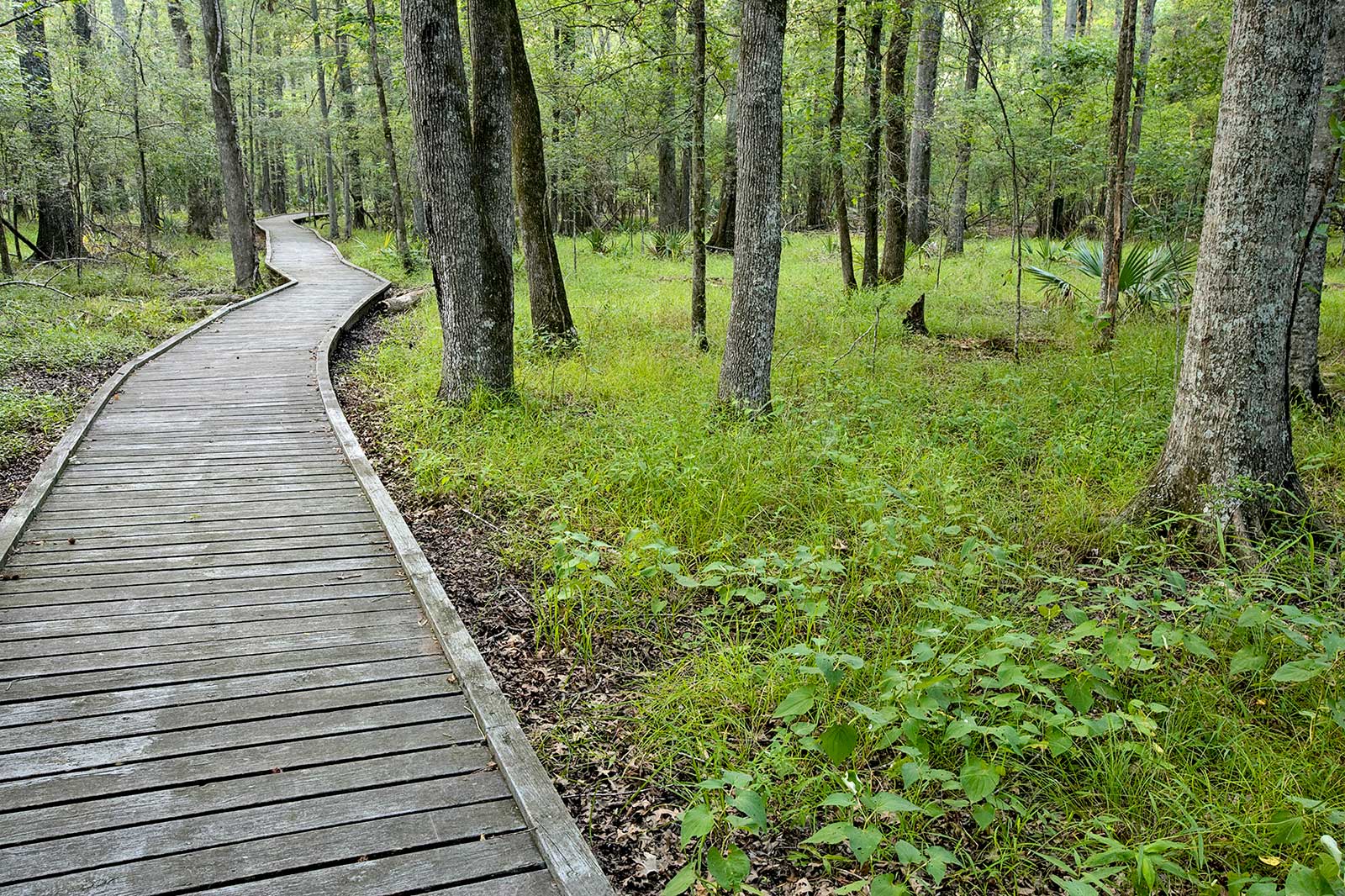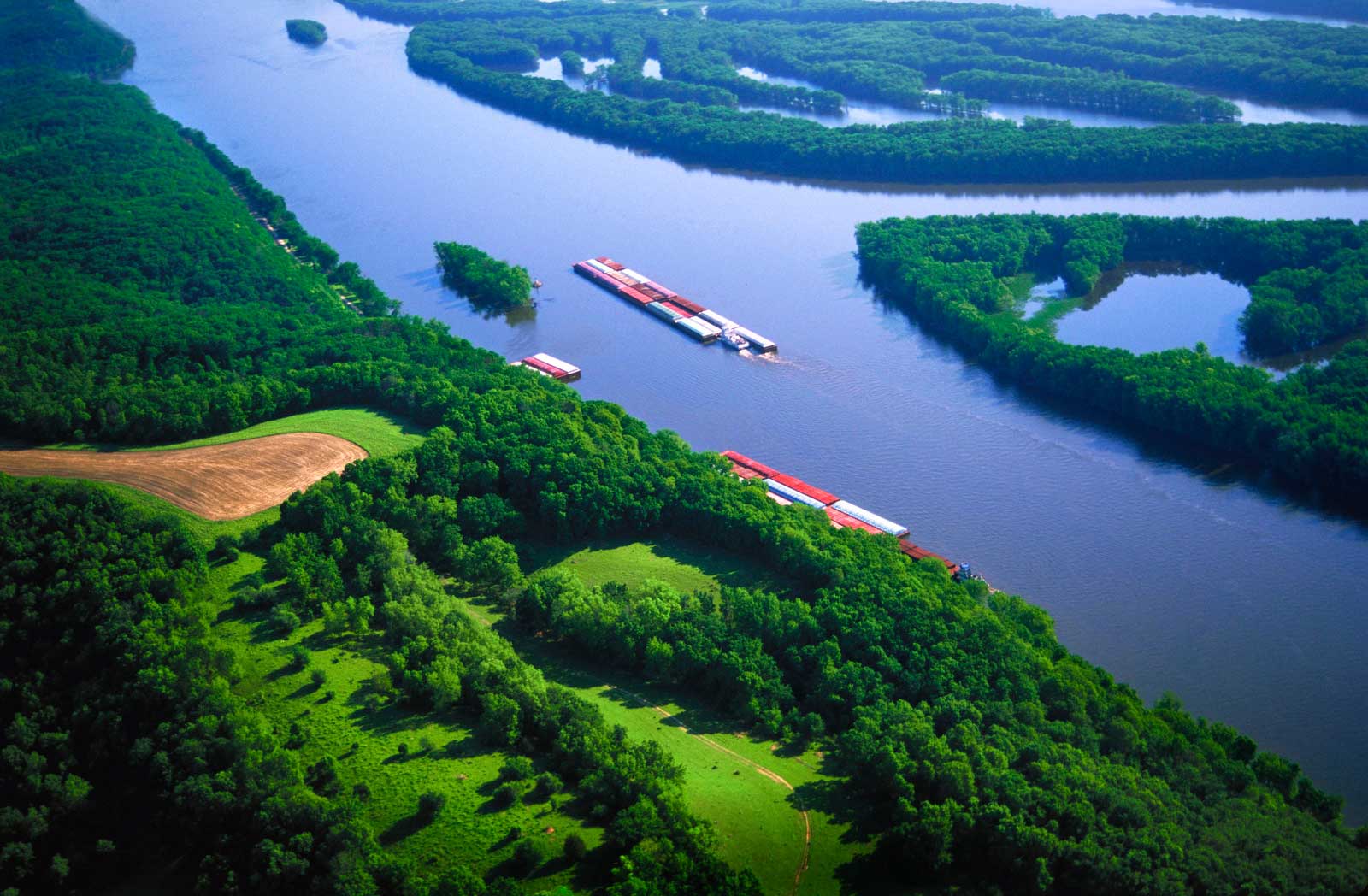What We Do
Our focus is to provide the scientific data, tools, and analysis needed to facilitate freshwater awareness and research, planning and prioritization, and water management policy. We do this by creating a place – an online platform that is easily and freely accessible to anyone – where data and ideas come together. We also do this by creating and fostering collaborative partnerships focused on data exploration and analysis, on research direction, and on outreach. This network is a resource for anyone who wants to know more about their watershed and freshwater resources.

Assessing Watershed Health
We go to the doctor to get a check-up to understand our health. Likewise, we need to assess the current health of our watersheds to know how they are doing through time. This enables us to plan for a healthy future.
- In Louisiana, measures of hydrologic alteration, water quality, and flow regime are important gauges for statewide water planning and policy development.
- In Mississippi, similar measures can help farmers make decisions about water use and availability and target areas for conservation along important rivers.
- In Alabama, comprehensive data layers will be used to support smaller-scale watershed planning around Mobile Bay.

Identifying and Addressing Data Gaps
Often, knowing what you don’t know is as important as knowing what you do know. By creating a space for comprehensive data exploration, we’ve performed an analysis of where critical information gaps reside.
- For example, freshwater mussels are critical indicators of watershed health. Through our analyses, we found only limited datasets on the distribution and abundance of freshwater mussel species, pointing to a need for larger-scale distributional studies and directed focus on application of existing data.
- Hydrologic flow modeling is a critical component to the creation of water budgets and sound water policy. Up until now, flow modeling has been lacking or available only for specific river systems or small-scale application. In Louisiana and Mississippi, The Nature Conservancy made considerable investments to fill this data gap by applying a state-of-the art hydrologic flow model to all watersheds in both states.

Outreach and Communication
All the information in the world is not useful if no one is using it. Communication and outreach are, therefore, key facets of the Freshwater Network.
- Our tools and apps are designed to be accessible and user-friendly for researchers and lay-people alike.
- Our decision support capability can benefit communities by informing the planning process, ensuring that watershed health and potential risk are considered in development proposals.
- Collaboration with communities and other partners provides critical feedback and shared ideas, which lead to new, innovative tools to meet unique needs.
Photo credits this page ~ Main image: Bridget Besaw; Assessing Watershed Health: Erika Nortemann/TNC; Data gaps: Byron Jorjorian; Outreach and comms: Robert J. Hurt